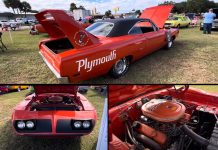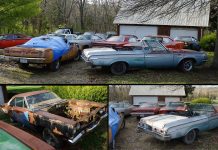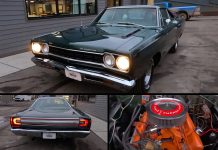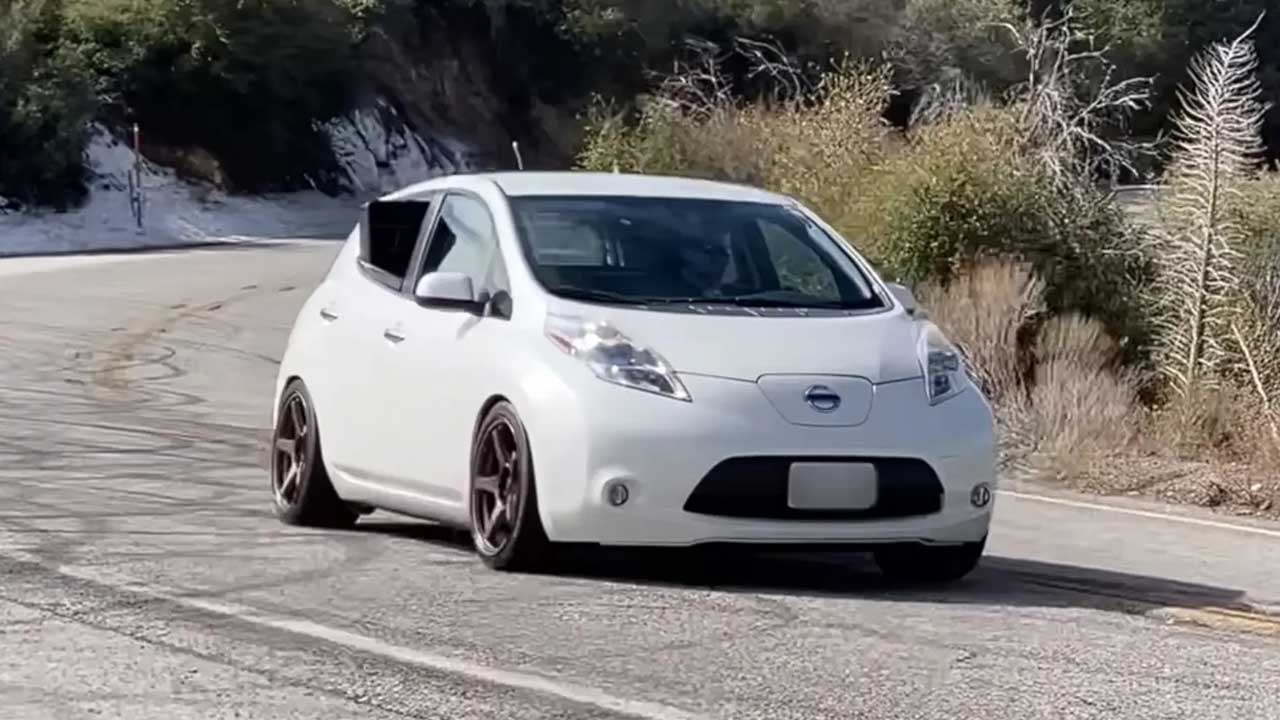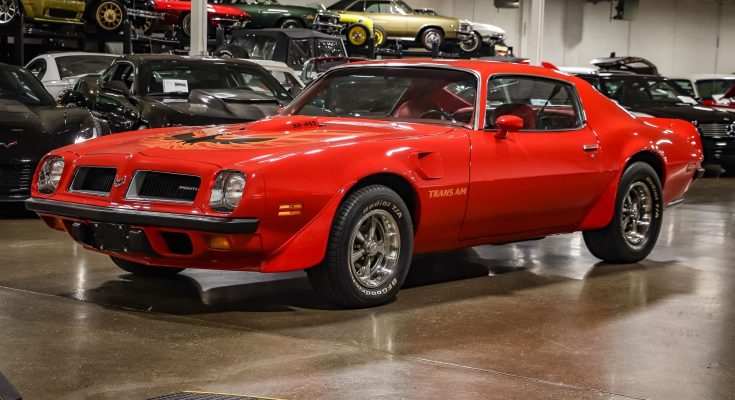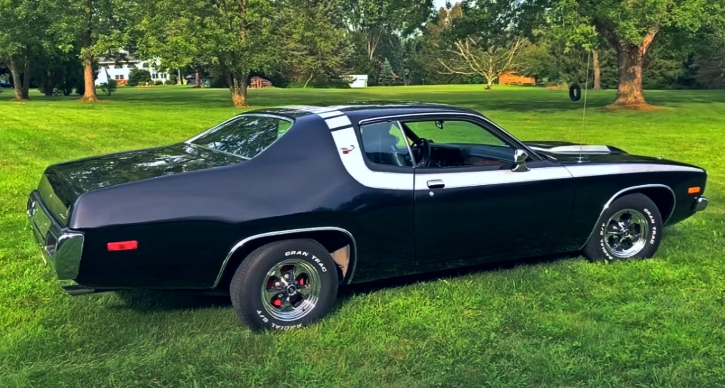You wouldn’t expect it, but today’s most impressive car is a Nissan Leaf. It’s true that the Leaf is a great car for getting around town, but it’s not exactly known for its cool factor. However, one mechanical engineer had an ingenious idea to transform the Leaf into something truly remarkable – by installing a powerful Kawasaki motorcycle engine in the trunk. The result? A hybrid Leaf that boasts an engine capable of revving up to a staggering 13,000 rpm.
So why did Derek Young from San Francisco decide to create this unique vehicle? According to him, the answer is simple: he wanted a car that combined the raw power and excitement of a motorcycle with the practicality of a car. The Leaf was the perfect candidate for this experiment as it was inexpensive and relatively easy to modify.
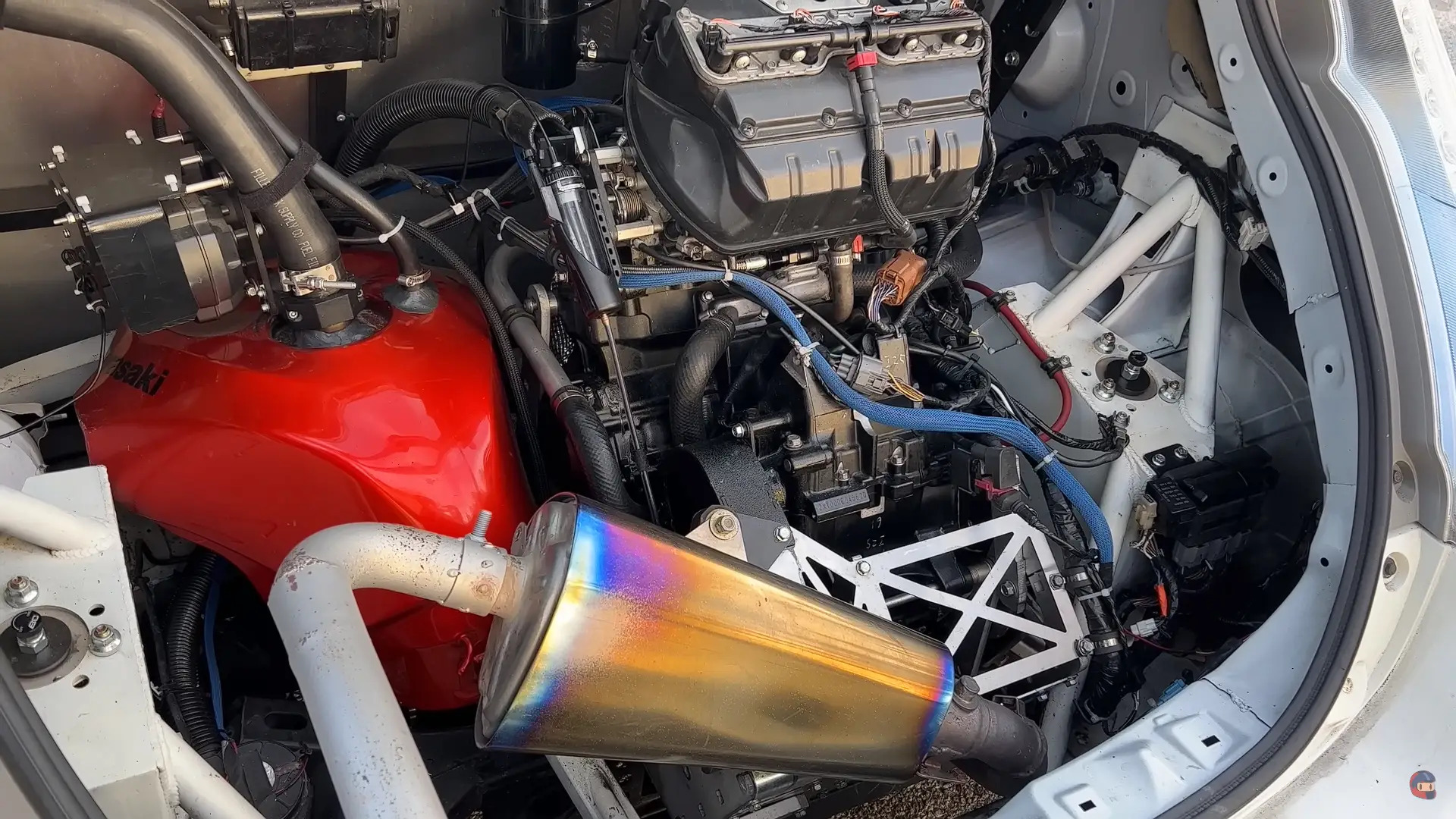
Since the Nissan Leaf is a front-wheel drive electric vehicle, there are only a handful of mechanical parts situated at the rear axle. That made it an ideal choice for Derek Young’s project, especially when he discovered a heavily depreciated Leaf with a battery that had significantly deteriorated in value. To create his motorcycle-inspired car, Young opted for the most cost-effective and straightforward solution of fitting a Kawasaki ZX-10R engine into the Leaf’s trunk. However, this task was far from easy and necessitated extensive modifications. Fortunately, as an engineer, Young was well-equipped to handle the challenge.
To install the 998cc four-cylinder engine, Young had to modify the rear subframe of a Lexus IS350 to make it compatible with the Leaf’s rear. Once the subframe was adjusted, Young crafted custom brackets to securely mount the engine onto it. However, connecting the engine to the rear axles posed a more challenging issue. To accomplish this, Young needed to link the chain drive of the sequential transmission to an idler sprocket, which would subsequently turn the differential. Young opted for a Quaife differential specifically designed for incorporating motorcycle engines into cars.
To isolate the engine from the passenger cabin, Young installed an acrylic partition and provided the engine with air through a window-mounted air intake. As for cooling, Young built a gurney flat at the rear of the tailgate, creating a low-pressure zone that allowed for air to exit the radiator through an exit flap.
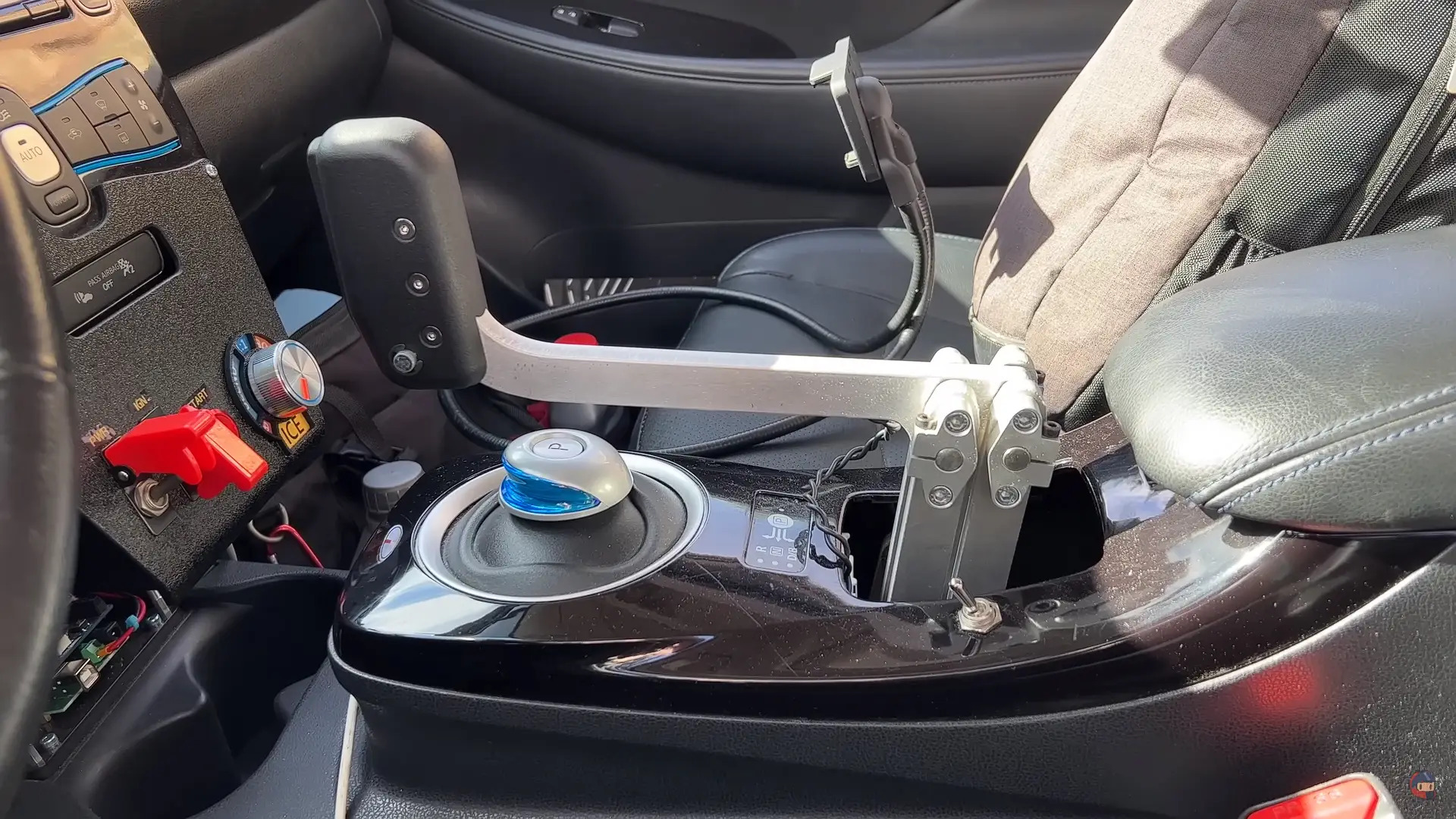
Although Young swapped the Leaf’s powertrain for a Kawasaki engine, he actually retained the original electric motor and battery and converted it into a fully operational, all-wheel-drive plug-in hybrid. A dashboard dial allows Young to select the preferred level of hybrid assistance, ranging from a 1:1 hybrid mode (where both the engine and electric motor share equal power), a pure electric mode, and an engine-centric maximum power setting.
Despite its electric mode, the high-performance hybrid has limited range. Before beginning the project, the Leaf’s battery had deteriorated significantly, decreasing its maximum range to around 25 miles. However, this is sufficient for the motorcycle-inspired hybrid to run silently in EV mode around town, with the option to unleash the engine’s power on more thrilling roads.
The braking system is a blend of various vehicle parts, including Nissan 370Z front calipers and Mustang front rotors, with the rear brakes inherited from the Lexus IS350 rear subframe. Enkei wheels fitted with Nexen tires support the vehicle.
Young employs his Leaf hybrid mainly as a track car, and it appears to be incredibly exhilarating. The engine revs up to 13,000 rpm and produces a remarkable sound, which must be awe-inspiring from the driver’s seat, especially since an acrylic divider separates the driver’s cabin from the engine compartment. Young believes that automobile manufacturers should construct low-cost, thrilling hybrids with high-revving engines, although this is likely unfeasible. Nevertheless, we anticipate observing more DIY projects like this one, which will preserve internal combustion engines long after electrification has completely taken over.
VIDEO:



